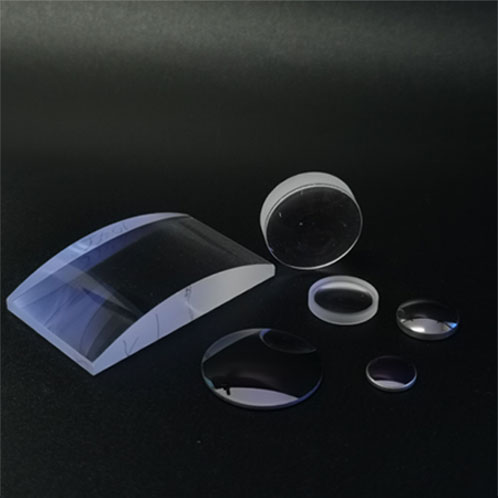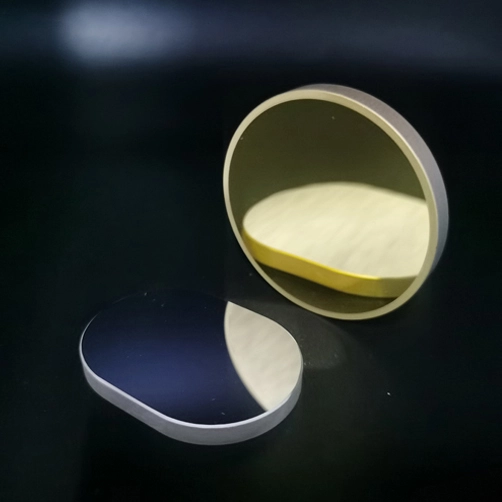
The most commonly spherical lens uses in optical systems refers to the spherical surface of the lens that is rotationally symmetric, that is, has a constant curvature from the center to the edge of the lens.
An aspherical lens is a non-spherical surface whose lens surface is rotationally symmetric, that is, a rotationally symmetric surface that conforms to a specific expression and whether the surface is smooth and continuous.
There are three types of aspheric lenses used in optical systems: the first type is axisymmetric aspheric surfaces, such as conic surfaces of revolution and high-order surfaces of revolution; the second type is aspheric surfaces with two symmetrical surfaces, such as cylinders and toric surfaces; The third category is free-form surfaces without symmetry.
No matter whether there are any measurement errors and manufacturing errors in spherical lenses, spherical aberration will occur. The most significant advantage of aspheric lenses is that they can be adjusted and optimized by adjusting the conic constant and aspheric coefficient to minimize the image.
Compared with the conventional method of correcting spherical aberration by increasing the number of lenses, aspheric mirrors can achieve better aberration correction with fewer lenses.
For example, a zoom lens that typically uses ten or more lenses can replace five or six spherical lenses with one or two aspheric lenses to achieve the same or higher optical performance, thereby reducing the cost and complexity of the system.
In addition, optical systems that use more optical elements tend to have tighter mechanical tolerances, add additional calibration steps, and require more AR coatings, reducing the overall usefulness of the system.
Therefore, the use of aspherical lenses in the optical system (although aspherical lenses are more expensive than singlets and doublets of equivalent F-numbers) will reduce the cost of the overall system.
In general, the rational use of aspherical lenses in optical systems has an irreplaceable position in realizing the miniaturization, lightening, and multi-functionalization of optical systems.
Aspherical lenses play a very important role in optical systems, such as mobile phone lenses, camera lenses, ultra-short-throw projectors, etc. that we are most exposed to.
In such complex systems, the system aberration is optimized by using a combination of multiple aspherical and spherical mirrors, and no standardized products are formed.


